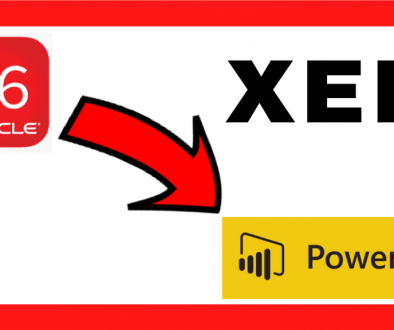Percent Start/Percent Finish Earned Value Methods
If you are reading this post, that is because you first read our post about the Earned Value Methods to evaluate work performance or you have a copy of the book Earned Value Management, by Roland Wanner. The “Percent Start/Percent Finish EV Method” (also known as “Fixed Formula Method”), such as 50/50 and 0/100 Earned Value Methods, is bound to the start and end of a work package. It is an objective method because the project team member has no influence on the calculation of the degree of completion. With this, one wants to prevent a too positive statement about project progress being made by estimating the degree of completion.
The described EV Methods can be visualized using a simple Control Account with five work packages. When evaluating work performance, the Planned Value and Earned Value are always determined at the status date
50/50 Earned Value Method
The “50/50 EV Method” is used to simplify the determination of work progress of tasks and work packages.
How to determine the Planned Value (PV)
At the planned start of the work package, the first 50% of the BAC (Budget at Completion) is credited to the PV. The second 50% are attributed at the planned completion to the PV. Throughout the whole period, the Planned Value does not increase. The Planned Value automatically takes the value of 100%, if the planned end date of the work package is in the past.
How to determine the Earned Value (EV)
For the EV, the same procedure applies as for the PV. However, the effective start and end of the work package are decisive for the credit note. At the effective start of the work package, the first 50% of the BAC will be credited as EV. During the remaining time of the work package, this value does not increase. As soon as the work package is completed, the remaining 50% of the budgeted costs are credited to the EV. The “50/50 EV Method” is essentially a compromise between the 0/100 EV Method and the estimation of the degree of completion.
In the “50/50 EV Method” performance is often overestimated in the first half of work package duration, but underestimated in the second half. Therefore, this method should only be used for short work packages that are started and completed within two consecutive reporting periods.
0/100 Earned Value Method
“0/100 EV Method” is a special case of the “Percent Start/Percent Finish Earned Value Method”. It is used for short wok packages/activities that are completed within one reporting period.
The “0/100 Earned Value Method” works with a very careful evaluation of the work performance. Therefore, it is unsuitable for projects with few work packages, as this can lead to significant distortions of reality. So it may happen that the total work progress has a constant value for a certain time. If several work packages are completed at the same time, there will be a large leap in work progress. However, this method is very useful for projects with many small and short work packages as well as short reporting cycles.
The “0/100 EV Method” is the most conservative Earned Value Method to evaluate project performance, as it tends to underestimate the work progress of the project. This fact makes it the safest of all Earned Valued Methods.
IN PROJECT 2080 WE WOULD LIKE YOU TO REMEMBER
There are several Earned Value Methods used around the world to determine work progress (you can see all of them on our post “Earned Value Methods to evaluate work performance“).
To find out more about earned value methods, earned value methodology, and earned value analysis, do not hesitate to buy the book Earned Value Management, by Roland Wanner.



